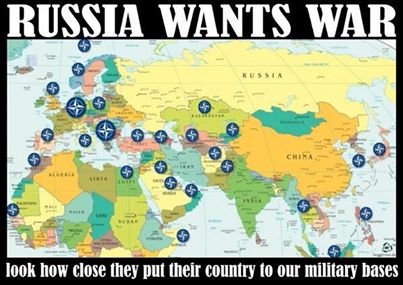BY UTE ON OCTOBER 28, 2018I N ALL, ENGLISH ARTICLES
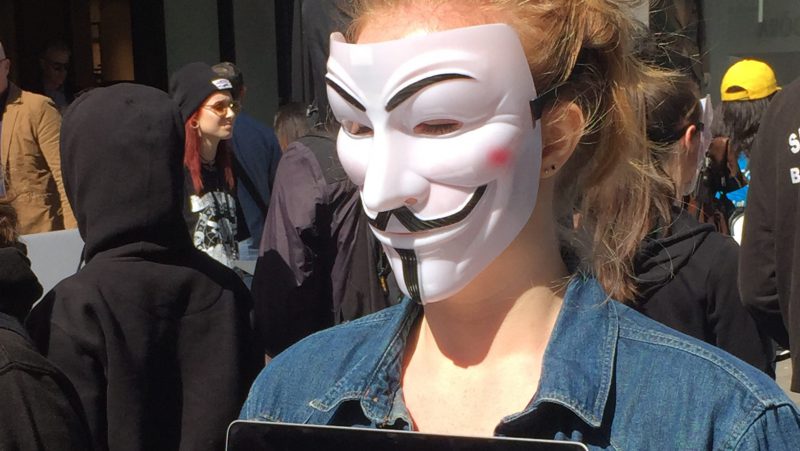
This essay was created for the catalogue of the art-exhibition NEWSFLASH in Nuremberg, organized in cooperation between the Kunsthalle Nürnberg and the Kunsthaus, which misses how digital (dis)information works and what manipulative power it can unfold. What skills do we need to deal with this appropriately and critically? The artists assembled in the exhibition are also looking for answers to this and other questions with their works.
“It’s all fake!” Meanwhile, this English word is being used everywhere to decimate another person’s opinion with a single blow. Even Donald Trump berates reporters from CNN and other media1 as representatives of “fake news”, although he himself is one of those repeatedly spreading false information via Twitter. But to return to the actual meaning: in this context “fake” means incorrect information. That is, the deliberate dissemination of manipulated news and intentionally false reports in order to influence those addressed or to do damage to a group or a single individual. Fake has more than one shape: sometimes it is a completely false, freely invented item of information or pure speculation – as in the case of conspiracy theories regarding 9/11. But far more often, fake combines facts that are actually true, e. g. about a terror attack in Europe, with false information – about the perpatrator, the victims, the course of events. Contexts are deconstructed by repeatedly spreading old information as “current” once again, or media reports are placed in an entirely different context of meaning. Among our neighbours, the effects of disinformation campaigns online are even more clearly discernible than they are here: The British “Yes!” to Brexit. The best ever result for the extreme right’s Front National in the first round of the presidency elections in France: 11.5 million of the 47 million French eligible to vote voted for Marine Le Pen.

copyright: shutterstock
Demonstration of the rightis extremist Front National – today the name of the party changed to Rassemblement National; the party is distributing its propaganda and xenophob messages vial digital media
Here, it is possible to see what destructive power digital disinformation may unfold. In the USA every second item on Twitter is already such a manipulative, incorrect news item – in Germany, as yet, it is “only” every fifth tweet. But the creation of opinion in this country is facing the onset of such development3, for which we are unprepared – either as voters or media users, citizens, journalists or artists. A Threat to Democratic Debate: The Echo Chamber Effect A fundamental change in the public sphere of information and the creation of opinion is underway. It entails great opportunities, as knowledge is now available to all via the Net, independent of place and time. But the creation of opinion online also entails great risks, for facts here are being manipulated, challenges we face politically. And so, for example, the parties represented in the Bundestag attempted to keep provocative themes to a minimum in election campaigning. Like the demand for more direct participation by citizens, or the urgent question discussed with such controversy by many people, of whether and how we can achieve the integration of refugees. Complex decisions, which touch upon the framework of values in our society – like “marriage for all” or the “online search regulations” – were enforced in a hurried procedure before the end of the legislation period, without much parliamentary or social discussion. But if there is no discussion in parliament and the media, others will take over – and they do so primarily online. For two years now, I have exposed myself daily to the self-styled “alternative media”, have been a member of public and restricted Facebook groups relating to the AfD and Pegida, following the sources of this digital counterpublic on Twitter, receiving newsletters, and watching – on the “hidden” servers of rightwing extremist and potentially violent nerds – how they produce radically right-wing tweets and memes or construct pro-AfD campaigns for social media. I have conducted research in the echo chambers of media true to Erdogan, and trolls, and I have perused disinformation disseminated by the Russians. Extremist populists find opportunity online to spread their information entirely without filters and without troublesome questioners or presenters. In many places, they use the possibilities of the Net far more purposefully than the classic people’s parties or media. They successfully address the growing number of people in our country who are turning away from the traditional parties and media, and have long been operating in their own informational sphere, which they call “alternative”, “uncensored” and “democratic”. Over the period of my research it has been possible to see clearly: all these actors and sources have increased their scope of influence online. And they make no secret of their digital information strategy; their strategies for digital propaganda and disinformation are published online and are easy to find. Stories from a Country Poised on the Edge The heart of this communication is stories arousing fear and outrage, using artificial and martial concepts. A communication that discredits – using its own language and narratives – our democratic institutions, our model of an open society and diversity of opinion, and also sows doubt in the functioning of our polity as a whole.
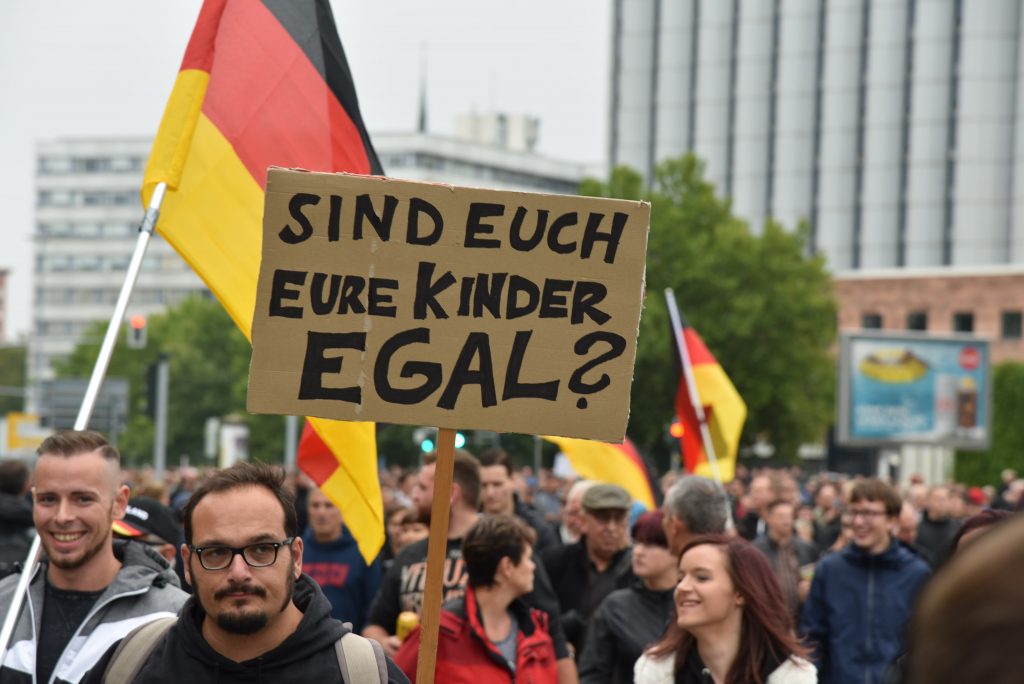
copyright: shutterstock
Anti-migrant-demonstration of rightist extremists and critical citizens organised by the activist group “Pro Chemnitz” and some AfD groups – campaigning for the demonstration was mainly distributed on social media
The overall framework, the stage for all these narratives, is the downfall of Germany. Censorship, limitations of citizens’ rights and persecution of those who think differently are, following the current of reports in my right-wing newsfeed, on the order of the day in Germany. It seems that little value is placed on human rights, freedom of the press, or democracy in our country. For they are being wantonly and deliberately restricted – and not by just anyone, but by the government and the liberal establishment. Dramas happen on this stage: there are brutal dictators and an oppressed people. Perpetrators and victims. Foreign hordes. And upstanding saviours of the freedom of opinion. Conspiracies and plotting are on the daily agenda. The roles are attributed quite clearly. This creates excitement and people enjoy sharing it. They are stories that report on catastrophes, so underlining the sense among users that they are being disadvantaged, overrun by foreigners, robbed by the political elite, in short: they have been degraded to second-class citizens. Thereby, these narratives are all about decisive themes: about our daily existence, peace in our country, and identity. “The state is failing, imposing a state of emergency on Germany.” “Martial law rules.” The stories are concerned with the “chancellor dictatorship”, “state terror”, or the “state of emergency”. There is talk of a failing, weak state, in which the “enemies of the people”, “traitors” or “system parties” govern the people in a dictatorial manner. Another badgering narrative is that of civil war being brought to the country by a foreign horde: the story of the “great invasion”, whereby the “rapefugees” and “asylum demanders” are swamping Germany in violence and terror and bringing the “sex-jihad” to the country. Disinformation as a Constitutive Means for Extremists and Populists The narratives of the extremists and populists are all about moods and emotions rather than facts. Fake is a constitutive means for populists and extremists, for they aim at emotional stories to win over and keep their supporters: with victims and perpetrators, obvious enemies and of course with heroes. For some, that is the election victor Trump, who is acclaimed on the media platforms of right-wing populists all over Europe. For others, the jihadist terrorists of Paris, who roamed the French capital murdering people for several hours in November 2015. The violent members of the three teams of IS terrorists armed with Kalashnikovs and explosive belts ignited bombs and fired at street bars. 130 people died, 89 of them in Bataclan concert hall. But the violent participants and murderers are lauded in videos made by the IS and disseminated online. These are stories to share, like, comment on. Stories inviting us to join in. By means of the Net, I can be there “live”, in real time. The result is the development of a space of participation and experience, in which every user can become involved with little effort, in which everyone is important!
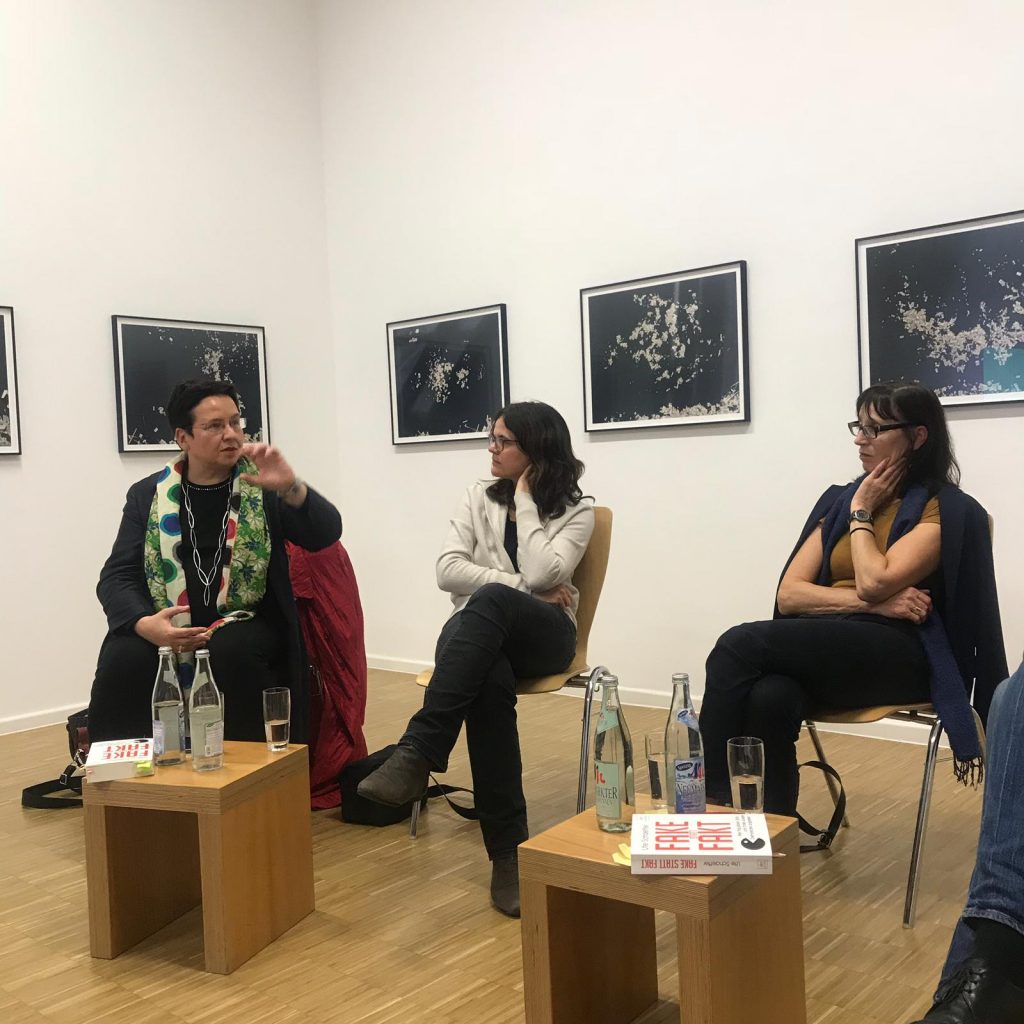
Discussion with the german artists Monika Huber and Wiebke Elzel about the effect and impact of Echochambers and digital Desinformation in the Nurnberg Exhibititon in Oktober 2018
This is true of the information and disinformation campaigns of state-directed foreign media, financed by many millions of euros, in Russia and Turkey, as well as the extremists of the IS. Different though their aims may be individually – what they have in common is a declaration of “information war” on the democratic order in our country, on liberal political ideas, a willingness for integration and
the openness of our society, and the fact that they are waging this war primarily digitally in order to assert their interests in Germany or to win over new supporters. And that they ingeniously exploit the functions of the Net – a vast range of influence and frequency – to deliberately address specific users. Radicalization through the Net What does the 17-year-old Islamist terrorist who attacked people on a regional train near
Würzburg4 have in common with the extreme rightwing demonstrators in Bautzen?5 What unites the demonstrating Russian-Germans as they protest about the disappearance of 13-year-old Lisa with
supporters of the extreme right Identitarian Movement, who climbed up the Brandenburg Gate and rolled out a banner there in protest against immigration? Not a lot, at first glance.
But they all source their information on the Net. They plan their actions and form their political attitudes online, even though their political positions and interests are totally different. They have been radicalized via the Net, where they are also connected to operators who are disseminating radical misanthropic messages: extremists – like the terrorist organization Islamic State –, who propagate violence and recruit young men prepared to use violence for acts of terrorism like the one in Würzburg or the attack on the Christmas market in Berlin. Extreme right-wing actors – from the NPD to the “Reichsbürger” to the Identitarian Movement – and right-wing populists in the sphere of Pegida and the AfD, who reject people for their religion or race and do not wish to see human rights being applied equally to all – that is, independent of race, skin colour, and national or social origins. What concerns our society is reflected on and spread online. And there are obvious links between what is being spread in the way of information and disinformation – and what happens, politically and socially, in our country. This explains why so many people with Turkish roots in our country affirm the undemocratic changes to the constitution being made by Erdogan. It explains why young men in the midst of our society are becoming Islamist terrorists. It answers the question why refugee hostels are being set on fire in the very regions where there are only a few refugees.
What begins as a tweet or post online often leads to practical violence: murder threats against MPs in the German Bundestag after the resolution on Armenia, for example. The deliberate cases of aggression in Dresden during the celebrations of the Day of German Unity on 3rd October 2016, Police protection for MPs due to their critical attitude towards Turkey. Massive threats against the liberal Islamic academic Lamya
Kaddor, which led to her withdrawal from active teaching. There is a measurable growth in politically motivated crimes: a fivefold increase in predominantly right-wing motivated attacks on asylum-seekers’ accommodation6 when many refugees came to Germany.
How Language Changes Reality
Does language create reality? Not directly.But language changes our view of reality – and thus our opinions and attitudes.7 “We ought to be allowed to say that,” as we hear regularly from the ranks of the AfD. Provocations and breaches of taboo are an essential part of its communication, key aggressive concepts such as “lying press”, “mob of migrants”, “traitors to the people” are constructed online and then
transferred to political discussion. “Mainstream media”, “Rautenfrau”, “migrant disaster”, “old parties” – all terms that are used with great matter-of-factness when one keeps one’s ears open in the supermarket around the corner or on the underground train, terms that may be used in conversations with neighbours or acquaintances – and they all originate from discourses online. Such terms are representative
of the agenda of the New Right and its groups. They question the functioning and stability of the democratic system, and on Twitter these attitudes turn into hashtags like #stopinvasion, #remigration, #refugeesNotwelcome, #MerkelhatBlutandenHaenden, #KanzlerinderSchande. Successful agenda setting means getting key aggressive terms into people’s heads so that they stick and can be activated easily.
They have an effect on how we think about a subject. They are not neutral terms – they all evaluate. They may add value to something (resistance fighter = member of the AfD or Identitarian Movement) – or reduce the value of something (system parties, synchronized press). By means of this valuation they connect a subject to an interpretation. It is easy to check what images are linked to which terms. It is enough to insert them into Google image search, where “asylum demanders”, “sexjihad”, “refugee invasion” trigger a flood of images of violent migrants. The phrase “Schlepperkönigin” (queen of trafficking)
leads directly and almost exclusively to images of the Chancellor. The term “traitors to the people” leads to images of government members, ranging from the Chancellor to the Minister of Justice, from the Foreign
Secretary to the Minister of Defence. It even leads to an image in which the heads of the aforementioned individuals are depicted in front of a scaffold. The heading reads: “Please don’t push. Everyone will get a turn.” The search reveals which online images are shared frequently. In this way, we can get an indication of which images have become fixed in the minds of the users.
Catalyser Themes
There are two topics with the effect of fire accelerants in the newsfeeds of my research: acts of terror and migrants. The fatal attack at the Christmas market on Breitscheidplatz in Berlin on 19.12.2016 is exploited by many media platforms of the New Right, and the Epoch Times concludes: “And again, they are all involved in the murders. Politics, media, judicial system, police, do-gooders – all those who have caused and approved such conditions.” The extreme right Identitarian Movement tweeted: “It must be said quite clearly: #Breitscheidplatz happened because Merkel and her cronies allowed the perpetrators into the country.”8 In the comment columns one can read, among other things: “[…] The problem and the reason for this is the ruling clique, high treason against the German people […].”9 The “Patriotic Platform”10,a Facebook group close to the AfD, posted a photomontage picturing Angela Merkel sitting beside the Berlin terrorist Amri in the truck. The headline: “Asylum policy was in the cab with him!” A tasteless satire? After
all, it referred to a fatal terror attack in Germany that cost 12 people their lives. Here, expressions of opinion and false assertions are being merged deliberately to the extent that we can scarcely determine what is
still the reporting of facts and where disinformation begins.

copyright: shutterstock
Migrants are a “trigger-issue” for many speculations, sterotypes and fake information distributed in the echochambers of the rightist mobements all over Europe
Analogue Mass Propaganda also Champions Fake
Of course, post-factual narratives and propaganda are not merely a 21st-century phenomenon. And although post-factual was not word of the year until 201611, the phenomenon has
existed across all eras. Hannah Arendt wrote impressively on the subject – in very analogue times. She wrote about German society after the collapse of the National Socialist regime, after travelling to
Germany in 1949 and 195012, and noted in regard to the National Socialist dictatorship that every totalitarian regime is dependent on disinformation as a constitutive means:
“Before they seize power and establish a world according to their doctrines, totalitarian movements conjure up a lying world of consistency which is more adequate to the needs of the human mind than reality
itself”. The ideal subjects of totalitarian rule, according to Arendt, are not ideologically convinced National Socialists or Communists but “people for whom the distinctions between fact and fiction […] true and
false no longer exist.” The flight from reality into interpretation, exaggeration, agitation have always been preconditions to all mass propaganda. And so the National Socialists quite intentionally developed
post-factual narratives in the Weimar Republic in order to respond to the deepseated disappointment of many Germans and the sense of damage to their own identity after defeat in World War 1. In 1931, Adolf
Hitler rejected the simple assertion that the modern political and social world was compicated “as wicked propaganda from democrats.”
Instead, National Socialist propaganda offered simple explanations and denied the facts: Parliamentary system? A deceptive façade by which people were deceived and MPs made themselves rich! Democratic
parties? A corrupt crowd! Liberal press? Among National Socialists, it became the “asphalt press” or “Jewish press”. And the term “system parties” had been used during the economic crisis since 1930, referring
to those parties who were waging “a campaign of destruction against their own people”. It cannot be overlooked that the rightwing populists of today are readopting the linguistic phrases and narratives of that
time. This is true in particular of those narratives regarding the community of the people, cultural superiority through race or religion, discrimination of cetain groups across the board, immense inhumanity, and
of the elitist criticism shaping their narratives. In terms of content and language, these are the old keywords and recipes – which is not to say that all AfD voters represent such exteme attitudes.
But there is a fundamental difference between analogue propaganda and digital disinformation: the mass character and frequency with which manipulated information is disseminated online. Disinformation and propaganda today achieve a much greater scope of influence through the Net than at a time when the post-factual was spread via radio, newsreels or the daily press. The number of actors sowing doubts in our democratic system through disinformation, poisoning democratic debate with their language and narratives – and the number of media platforms, groups and forums they use – have multiplied in number. And as a result, so have propaganda and false information.
It is a mistake to ignore this antidemocratic,hate-filled white noise on the Net along with the disinformation circulating online. For it will remain and grow in Germany as well – and this will have practical
consequences for our lives together, our politics,our political and democratic undersstanding. Our handling of it can change, however. The precondition to finding some orientation in this web of fake and fact, truth
and lies, is that we know how to distinguish one from the other. This also involves knowing who is spreading disinformation online and with what interests – and through what narratives, images and linguistic terms it is happening. It is important to take an energetic stand against the misanthropic phrases and group-related inhumanity on the Net, and to reject hate and violence. And we should not give way to pressure to shift the boundaries of the unspeakable. We must not stop comparing and be aware of the boundaries of our own echo chambers, and continue to break through them – to get the full picture, to know the arguments and fears of others. For democracy and the question of what kind of society we wish to live in is also being negotiated on the Net!
This essay is the outcome of two years of investigative research into the spread of disinformation online. The book Fake statt Fakt. Wie Populisten, Bots und Trolle
unsere Demokratie angreifen was published by dtv in summer 2018:


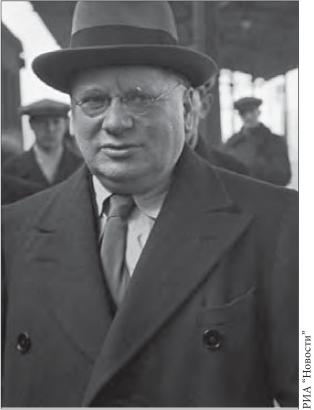





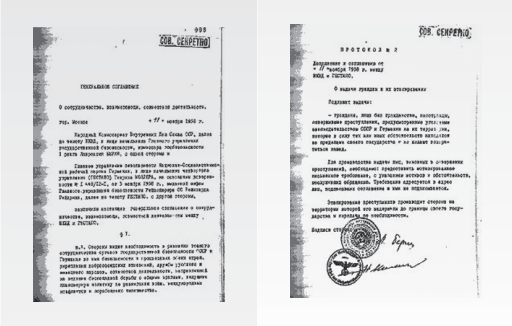
![The Long Hangover: Putin's New Russia and the Ghosts of the Past by [Shaun Walker]](https://m.media-amazon.com/images/I/41iqjvwCYuL._SY346_.jpg)
